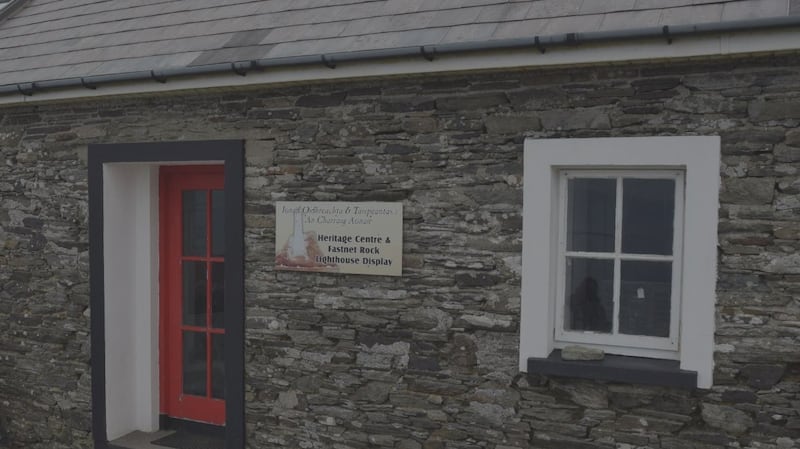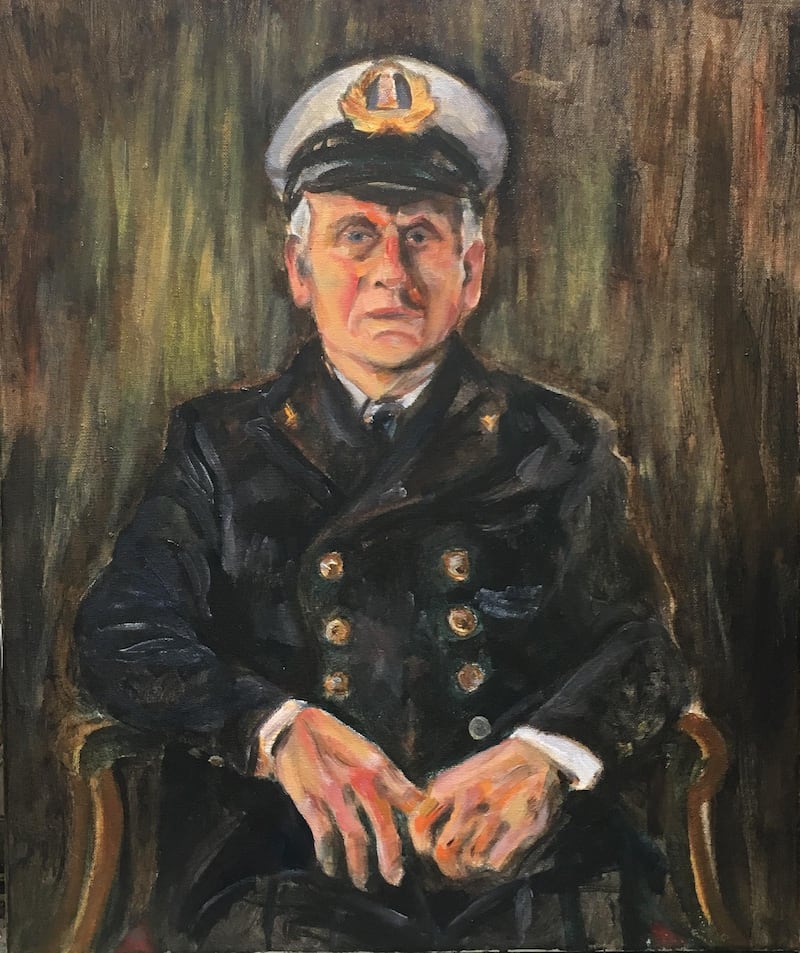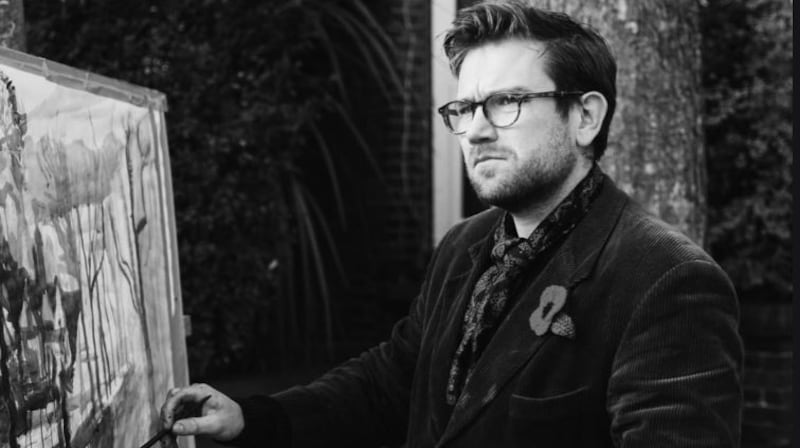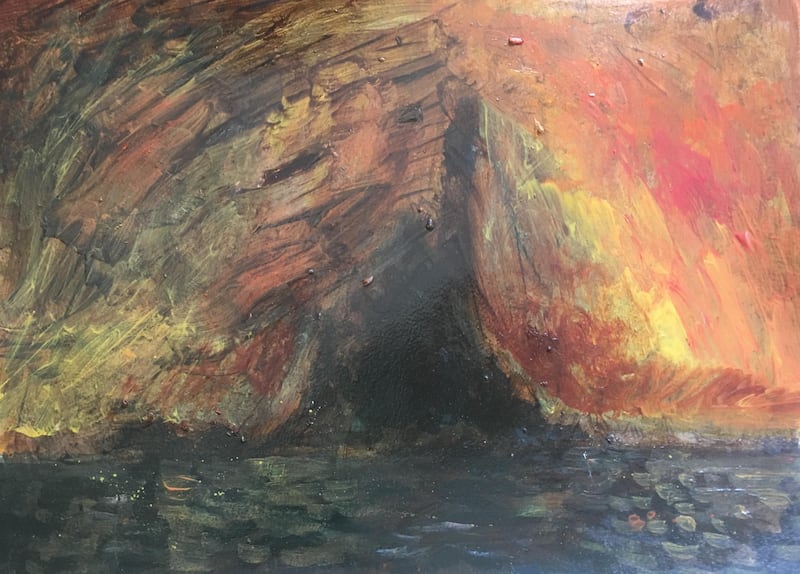A series of paintings and poems will be unveiled at Cork's Cape Clear Museum on Sunday in honour of those who lost their lives in the 1979 Fastnet disaster, 40 years ago.
Tragedy struck midway through that edition of the famous biennial yacht race, when competing vessels were caught in an unexpected storm. Fifteen yachtsmen and four spectators lost their lives in the storm-force winds.
The whole of the Irish Naval Service’s fleet, as well as rescue vessels from the Dutch and English navy, prevented more lives being lost amid the tragedy.
They were assisted by light keeper Gerald Butler, who vividly recalled the horrific episode 40 years on. "As waves reached the rocks where we were standing, they would rise up 100 ft, completely obliterating any yachts below. The water looked like it was pressing the yachts down into the sea."
He watched events unfold from his post at Fastnet Rock and provided a guiding light to yachts and radio signals to rescuers.
Ill-fated race
A portrait of Mr Butler and a painting of Fastnet Lighthouse will be unveiled to mark the anniversary of the ill-fated race. The works, by Welsh artist Dan Llywelyn Hall, will be presented alongside poems by Paula Meehan and Eiléan Ní Chuilleanáin, along with a dedication by President Michael D Higgins.

Hall was first drawn to Mr Butler’s story and to the lighthouse when visiting Cape Clear museum several years ago. “I began to read Gerald’s memoir... He saw the disaster unfold, and his whole story was captivating.”
Hall admits he has long harboured romantic visions of lighthouses from his childhood on the coast of South Wales. His rendering of the house at Fastnet conjures the panic-filled visions of the 1979 yachtsmen, glimpsing a hazed silhouette besieged by storm.

“The Fastnet disaster is on your mind, it’s hard to get out of your mind with a subject like this,” Hall said.
“That darkness is fundamental to the piece, but I wanted to portray the stillness of it above all: the sheer magnificence of the subject. It’s a great cathedral in the sea. It’s hard to look at it without feeling in awe of it.”
There is a similar sense of admiration in Hall’s portrait of Mr Butler. The pair spent the two-day sitting for the portrait chatting, and the piece attempts to show Mr Butler as a philosophical raconteur.
“All of his stories are enthralling, and the stories he tells all went into informing and shaping the subject.”
It is a technique Hall has used with other sitters, including his famous portraits of late singer Amy Winehouse and Queen Elizabeth, whom he describes as a "great conversationalist".

In this rendering, he portrays Mr Butler as a “great storyteller, who also shows compassion and generosity of spirit”.
Mr Butler says he is “absolutely delighted” with the result: “It captures the essence of what the job is: somebody was there, a watch was being kept. It represents all those who have gone before me.”
Near-extinct profession
Mr Butler hopes the paintings and poetry will encourage new generations to “look into the shadows of the past”, and realise the importance of light keeping, a near-extinct profession.
The importance of light keepers and Mr Butler’s presence during the tragedy are also expressed in Eiléan Ní Chuilleanáin’s Fastnet, written for the occasion: “Only the man that minds the light, / watching the great revolving spokes / hitting the piled castles of spray, can say, trapped, not able to save, / This is life, I am living it now, here.”

The event at Cape Clear museum will serve as a tribute to those who lost their lives at sea and the humble efforts of light keepers to save them.
The paintings will be unveiled in at 4:30pm this Sunday in an event to be attended by Mr Butler, Hall and the families of those who died at sea. They will transfer to an exhibition in London on September 18th next.









